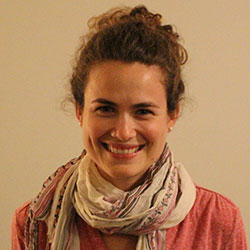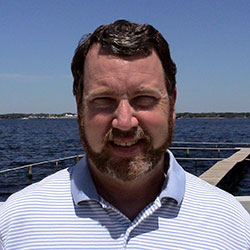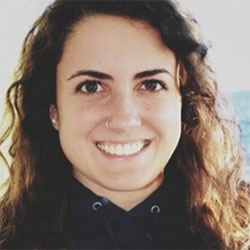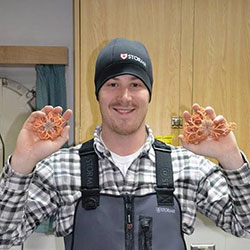
Connectivity of Coral Ecosystems (CYCLE) in the Northwestern Gulf of Mexico
Past Expedition
Overview
This was the first year of a five-year study to investigate population connectivity for key coral, sponge, and fish species between shallow and mesophotic reefs of the Flower Garden Banks National Marine Sanctuary and its proposed expansion areas to the east. The project led by Lehigh University is funded by NOAA’s National Centers for Coastal Ocean Science and the Office of Ocean Exploration and Research in partnership with the Flower Garden Banks National Marine Sanctuary.
Features

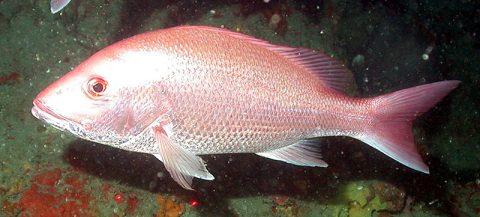
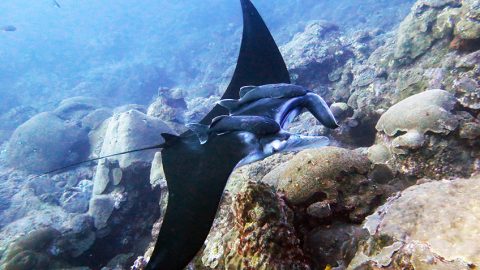
View Less
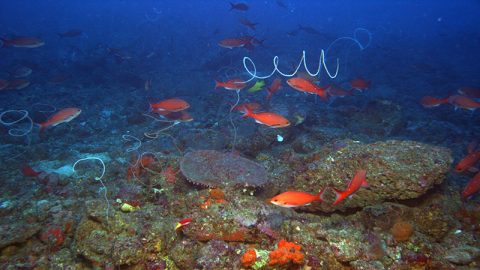
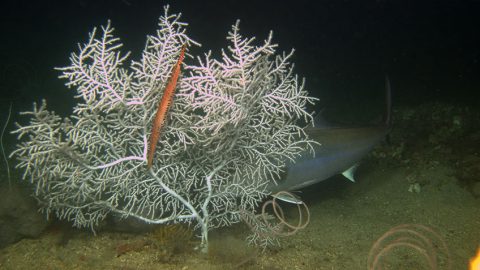
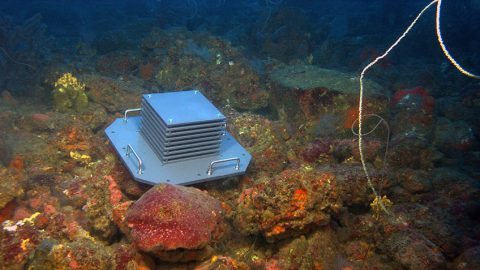
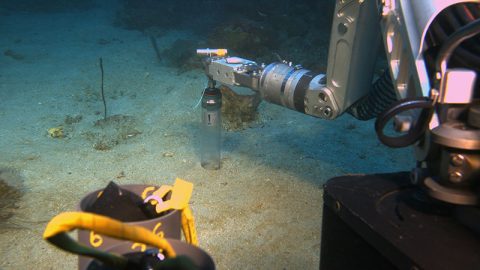
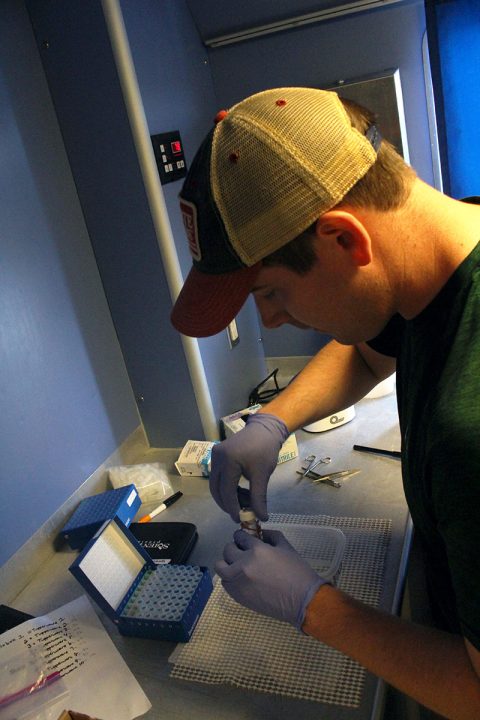
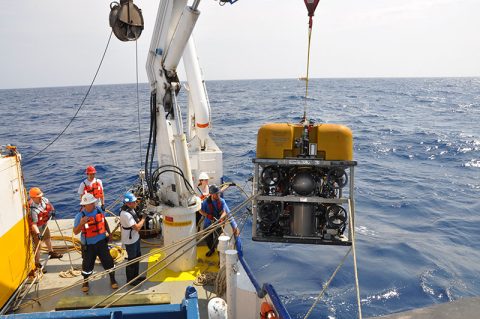
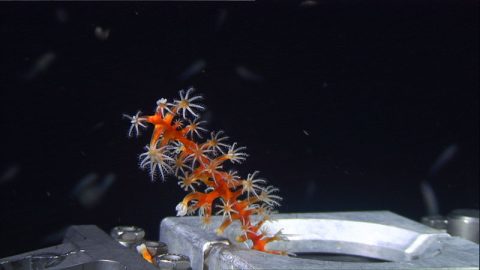
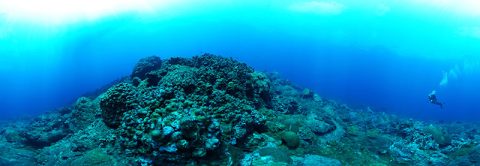
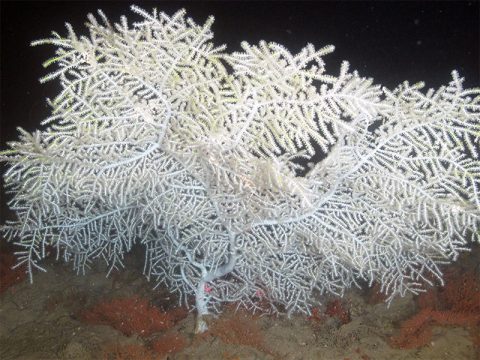
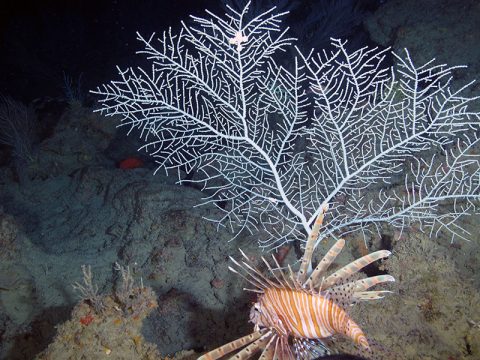
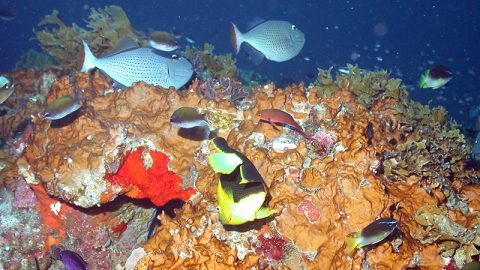
Multimedia
Featured multimedia assets associated with this project.
Meet the Exploration Team
Learn more about the team members and their contributions to this project.
